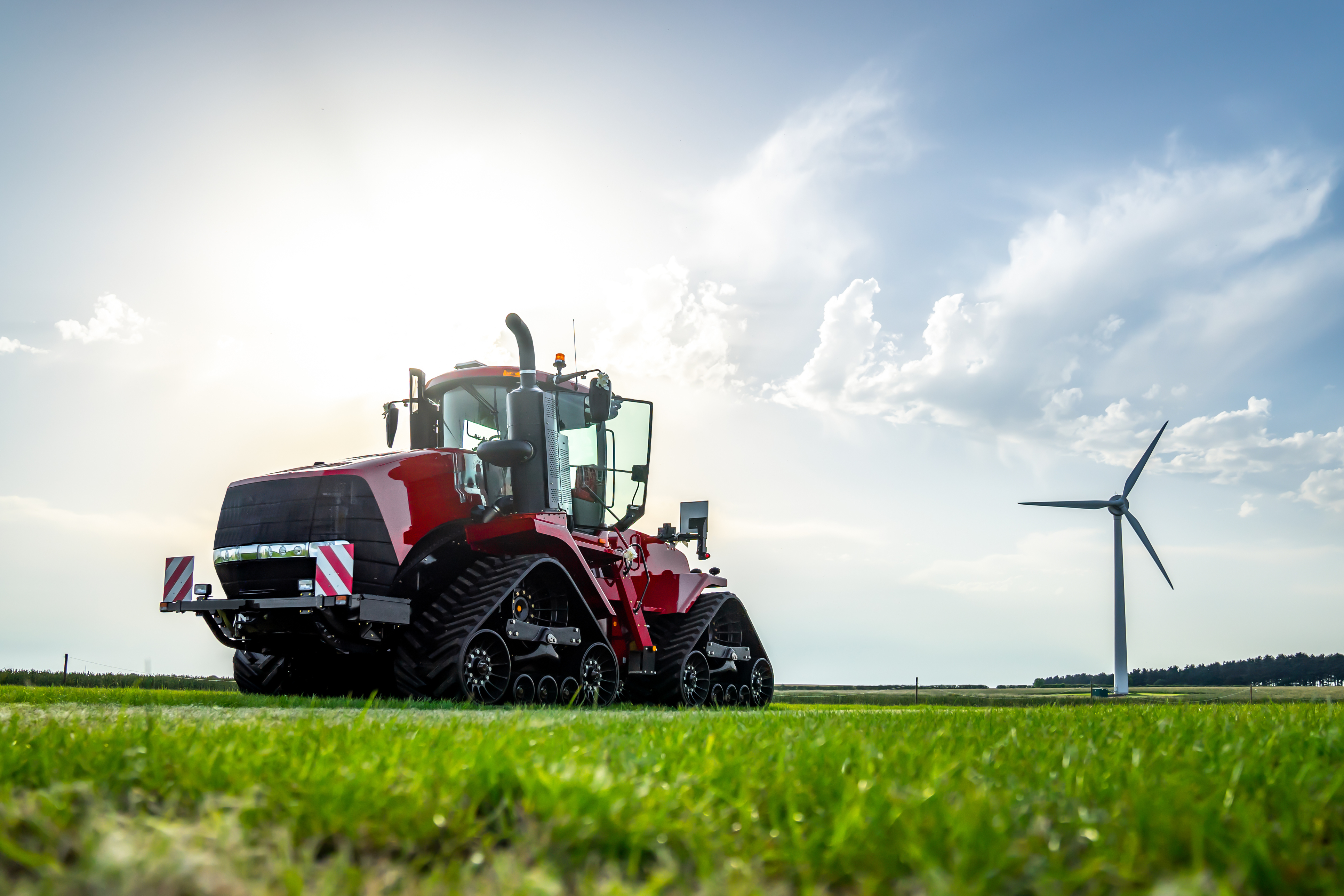How landowners can diversify their income through renewables projects
This article first appeared in the Winter 2023 edition of Scottish Land & Estates LandBusiness magazine.
For centuries, Scotland’s landscape has been managed by landowners for agricultural and sporting purposes. In recent years though, those operating within this sector have been plagued by the ever-changing and more challenging political and fiscal landscape.
Landowners face ongoing uncertainty over their future, with land reform legislation and issues such as gun and fox control adding to concerns. It is of little surprise therefore that Scotland’s landowners are continuing to diversify their revenue streams, with Renewables playing a significant role for many landowners.
Depending on location, topography and the size of the available land, technologies such as wind turbines, hydro, biomass and solar are popular choices for Sporting Estates. Such projects present an opportunity to generate sustainable income where any visual impact on the surrounding landscape can be kept to a minimum. A number of landed estates are also turning to carbon sequestration projects, looking to monetise their investment through the sales of carbon credits.
Scotland’s wet and mountainous west coast is suited to hydro-electric schemes. Estates that already have water sources with good flow and access points can use hydro technology to maximise these assets.
On the east coast, where there tends to be better levels of daylight, solar panels can be easily installed on estate buildings, particularly outbuildings and sheds.
Landed estates and farms with large forest areas can opt for biomass schemes, where forest waste is used to create biomass chips which are then burnt for fuel, making effective use of an otherwise low-value product.
As well as location and geography, landowners should consider affordability, return on investment and available sources of funding when choosing what to invest in prior to a feasibility study. Return on investment is highly dependent on the type of technology installed, as well as the investment incentives and limited available tariffs, however many landowners have found they can make a viable income from selling electricity generated on the estate back to the grid on a subsidy free basis. The increasing prominence of co-located battery storage will mean renewable energy generated can be used more readily by the landowner.

Diversifying into Renewables can help safeguard the Estate’s property for future generations, whilst ensuring that their business remains resilient and can continue to provide job opportunities in Scotland’s Rural regions.
Of course, change doesn’t come without its challenges, and many landowners will need to seek professional guidance as to how they should progress.
Renewable energy schemes can run for decades, so ensuring that you have the correct holding structure in place is imperative from the outset. From the beginning of the project, a key consideration for landowners is whether to install and operate the project themselves or seek to lease the land to a developer. Several factors will need to be appraised in deciding on a suitable structure – for example ensuring that you don’t taint your availability of Inheritance Tax reliefs as a result of this new venture!
Biodiversity is also a critical consideration in any development. Renewable projects can still have impacts on local ecosystems, and so responsible development takes into account the potential effects on wildlife habitats, plant life, and other natural resources. Mitigation measures are often put in place to minimise negative impacts and even enhance biodiversity where possible. For example, bird protection measures near wind farms or fish-friendly designs for hydropower installations. Landowners can also look at habit restoration projects on their estates to offset any disturbances caused by renewable energy development, and regularly monitoring the impact of their operations on local ecosystems, adjusting as necessary.
It is abundantly clear that there are significant opportunities in renewables for the land-based economy, with demand still very much present in the marketplace. For further guidance and advice in relation to your specific circumstances, our Rural and Energy, Infrastructure & Sustainability teams are on hand to help at every stage of the project.


